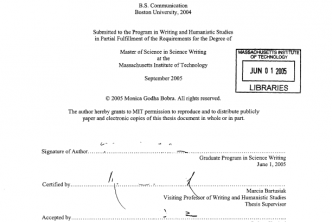“Attention Deficit/Hyperactivity Disorder,” or ADHD, is the most commonly diagnosed mental disorder in children. According to the National Institute of Mental Health (NIMH), it affects 3 to 5 percent of all children, as many as 2 million children in the United States alone. A report issued by the American Medical Association in 1998 calls ADHD “one of the best-researched disorders in medicine.” However, the condition is very little understood outside the circle of those who research it or work with people who have it. In the media, and among those without direct experience of it, the idea of a disability involving trouble paying attention can inspire confusion, skepticism, and even downright contempt.
I was diagnosed with ADHD as an adult. What I’ve experienced in my own life doesn’t seem to bear much relation to the “attention deficit disorder” that most people talk about. There is a gap between what scientists mean by ADHD and what the term evokes for most people, and as a medical condition it remains much more controversial than, say, cancer or diabetes. One hundred years after doctors began observing this condition, scientists still find it necessary to defend its existence and declare its validity.
I’ve set out to explore why such confusion exists around ADHD, and why it remains so controversial.




